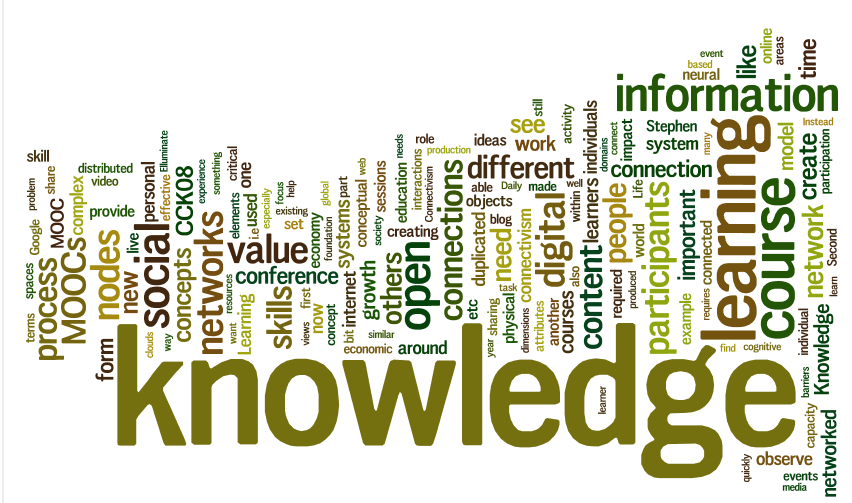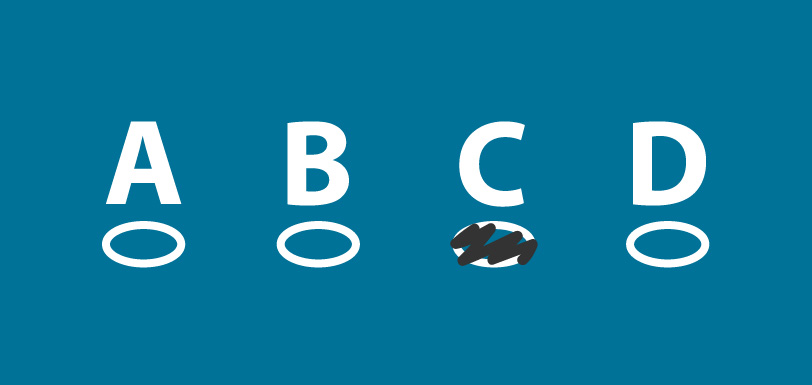Microlearning. Mobile. Content. Social. SCORM. Blended. Training. Facilitator. eLearning. Adaptive. xAPI. Motivation. Assessment. Personalized. Augmented. Learning. We throw A LOT of words around as workplace learning professionals nowadays!
There’s nothing wrong with having plenty of fun words to describe what we do. However, these are OUR words. They don’t translate very well outside the L&D space. Think about it – how difficult can it be to explain what you do for a living to someone outside the field? Our words also don’t tend to play very well within our organizations – including with our stakeholders and employees.
Another challenge with the prevailing language of L&D is that so much of it describes the stuff we make. Yes, creation will continue to be a big part of what we do … but is it REALLY why we exist? Just as our practices must evolve to keep pace with the workplace, I also believe our vocabulary must shift to better reflect our purpose within today’s business environment.
Here are 5 of the most powerful words L&D pros can use to articulate the impact of modern workplace learning.
PERFORM
People don’t go to work to learn. They go to work to do. Performance is what ultimately matters, and its all our stakeholders care about. When we shift the focus to performance, we expand our options for reaching the ultimate goal. Rather than speak to learning as an outcome, its time to shift mindset – and language – from academics to the workplace.
CURATE
This word can do wonders in shifting our thought process from creation to connection. Rather than us always having to build the solution, curation opens the door to a myriad of options from inside and outside the organization. Curation is also sorely lacking in pretty much every organizations as employees struggle to find the information they need across complicated intranets, messy shared drives and the beast that is SharePoint. We can help solve an untold number of workplace problems just by making information easier to find and share.
EXPERIENCE
Continuing the shift away from creation, L&D must also let go of our content-centric mentality so we can focus on the end user experience. Rather than just build materials and push them at unwilling participants, we must consider the larger experience we are creating to help people do their jobs better. This may be in the context of a contained learning experience, but we must also pull back and look at the holistic design of the workplace experience too. It’s time for organizations to put as much effort into the employee experience as they do into the customer experience.
AGILITY
How many of you are just trying to keep up with the pace of the business every day? Agility should become the battle cry of L&D. We should all get it tattooed on our forearms so we always make decisions with agility in mind. I could go on and on about this word, but I’ll settle for two main points. First, we must build L&D strategies that can flex and grow with the business. Second, we must foster an ecosystem that drives agility within the workforce so employees can also keep up without having to wait for L&D to build the next course.
VALUE
Last word – but also the most important word. What value does our L&D practice bring to the business? To the employees? To the customers? If we can’t clearly articulate our value, why should the company pay for us to be there? Value can come in many forms – from bottom line dollars and cents to compliance and legal defensibility. Regardless, a clear statement of value in measurable terms should be emblazoned at the top of every L&D project plan.
Do you regularly use these “magic” words? Do you think they are an important part of modern L&D vocabulary? What other terms do you believe we should be using more often in conversations with peers and stakeholders?




